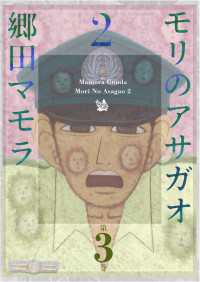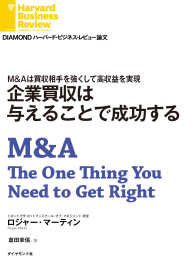基本説明
A study of how communities organize in resonse to threats to their lives and well-being.
Full Description
Urban Action Networks is a study of how communities organize in response to threats to their lives and well being. As HIV/AIDS wreaked havoc on the worlds of some of the most marginal and disenfranchised people in New York, they came together to create a shared response, forming a new organizational field within which their various efforts were coordinated. This book traces the interorganizational processes by which the groups negotiated shared meanings, collective strategies, and a complex, shifting set of relations with local and national government. It covers the first decade of AIDS, when the organized community groups actively set the agenda. How the communities of the most affected people organized, reorganized, and redefined the social and political context of HIV/AIDS offers an encouraging glimpse into the way in which marginal communities can convert shared needs into collective action.
Contents
Chapter 1 Introduction: Boundaries and Borders
Chapter 2 Formal and Informal Responses, 1981-1991
Chapter 3 A New Field of Work
Chapter 4 Collective Identity and Re-organization
Chapter 5 HIV/AIDS, Drug Use, and Zero Tolerance, 1985-1990
Chapter 6 The ACT UP Years
Chapter 7 A New State-Centered Strategy
Chapter 8 Urban Action Networks
Chapter 9 Afterword
-

- 電子書籍
- モリのアサガオ2 3巻
-

- 電子書籍
- 危険な外交官【分冊】 5巻 ハーレクイ…
-

- 電子書籍
- 蜜恋ティアラめろめろ Vol.22 と…
-

- 電子書籍
- 企業買収は与えることで成功する DIA…
-
- 洋書
- Rememberers




